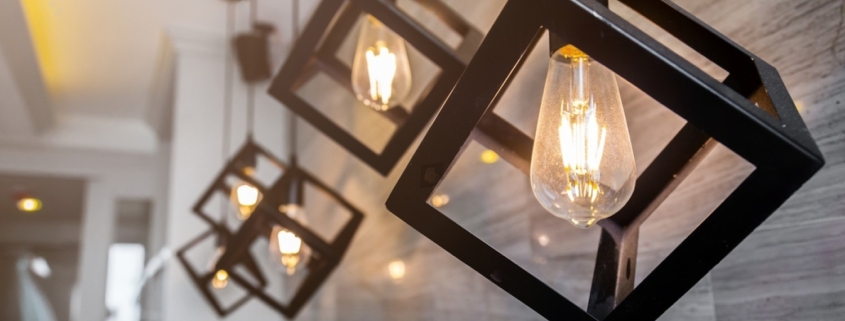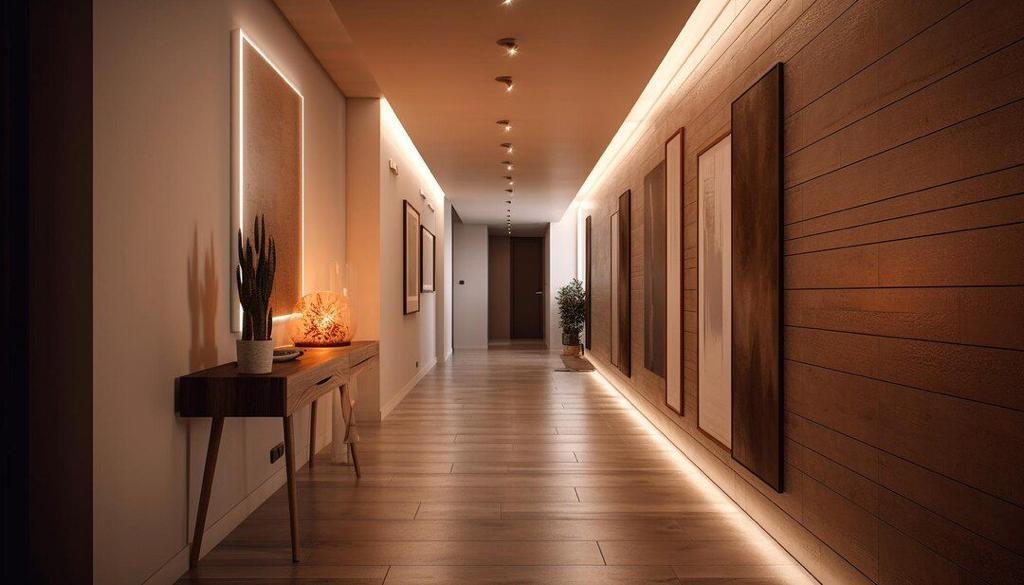Unveiling the Palette: 5 Dazzling Color Trends Set to Dominate 2024!
Are you ready to paint your world in the hues of tomorrow? Buckle up, because 2024 is bringing a kaleidoscope of exciting color trends that will redefine the way we perceive design! Let’s dive into the vibrant universe of colors that are set to steal the spotlight.
Lush Lavender Luxe:
Lavender isn’t just for grandma’s potpourri anymore! In 2024, this dreamy hue is stepping into the limelight, adding a touch of elegance and serenity to interiors. Picture your space transformed into a sanctuary of calmness, with hints of lavender bringing a sophisticated charm to your walls, furniture, and accents.
Cosmic Coral Crush:
Brace yourselves for a splash of energy with cosmic coral! This vibrant and playful shade is here to inject a burst of life into your surroundings. Perfect for accent pieces or bold feature walls, cosmic coral is the pop of color that will turn your space into a lively haven, radiating warmth and positivity.
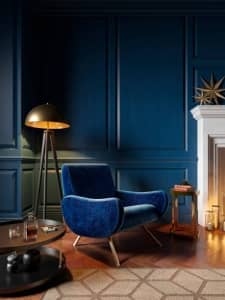 Mystic Midnight Blues:
Mystic Midnight Blues:
Dive into the deep end with mystic midnight blues! Dark, moody, and undeniably chic, this trend is all about embracing the allure of the night sky. Imagine your interiors bathed in a sea of rich navy and indigo tones, creating a sense of drama and sophistication that is simply irresistible.
Earthly Elegance – Terracotta Terrains:
Grounded in the beauty of nature, terracotta is making a comeback with a modern twist. In 2024, expect to see warm terracotta hues transforming spaces into cozy, earthy retreats. Whether it’s through textured tiles, cozy furnishings, or accent pieces, terracotta brings a touch of warmth and authenticity to any room.
Sunlit Citrus Soiree:
Say hello to the sunny side of 2024 with sunlit citrus shades! From zesty yellows to tangy oranges, these invigorating colors are set to illuminate your spaces. Ideal for creating a lively atmosphere, these citrusy tones can be incorporated through accent furniture, artwork, or even as bold statement walls.
In the year ahead, let your imagination run wild as you explore these mesmerizing color trends. Whether you lean towards the calming Lavender Luxe or the energetic Sunlit Citrus Soiree, 2024 is all about embracing the power of color to transform and uplift your living spaces. Get ready to paint your world in hues that resonate with your personality and style!

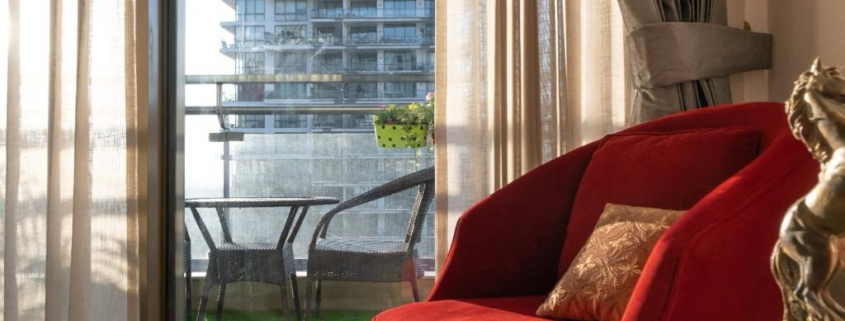
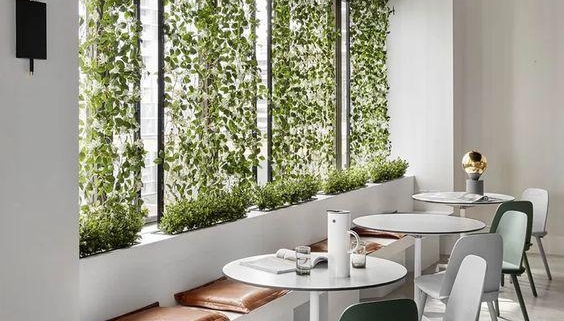
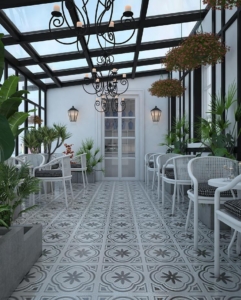 Embracing Biophilic Bliss: The Rise of Nature-Inspired Interiors
Embracing Biophilic Bliss: The Rise of Nature-Inspired Interiors
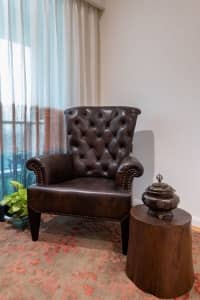 One of the key reasons behind the widespread appeal of contemporary design is its ability to create a timeless yet ever-evolving look. Neutral colour palettes, often dominated by whites, greys, and earthy tones, provide a sophisticated backdrop that allows for the easy incorporation of personal touches and pops of colour.
One of the key reasons behind the widespread appeal of contemporary design is its ability to create a timeless yet ever-evolving look. Neutral colour palettes, often dominated by whites, greys, and earthy tones, provide a sophisticated backdrop that allows for the easy incorporation of personal touches and pops of colour.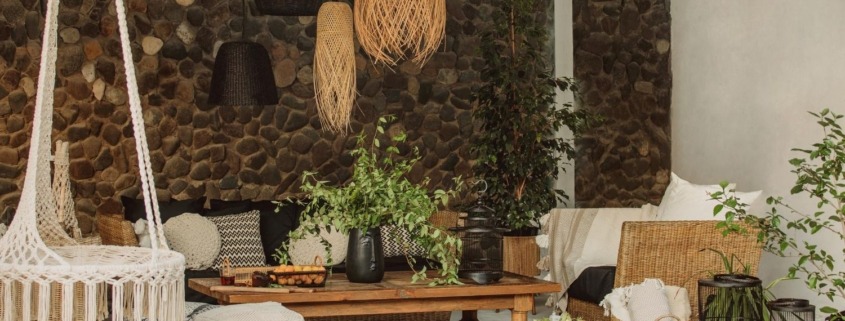
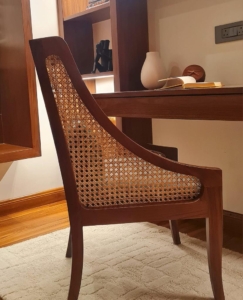 Boho Chic Vibes:
Boho Chic Vibes: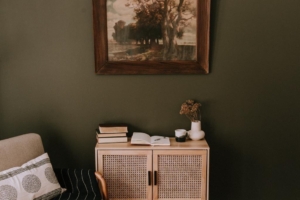 Global Fusion:
Global Fusion: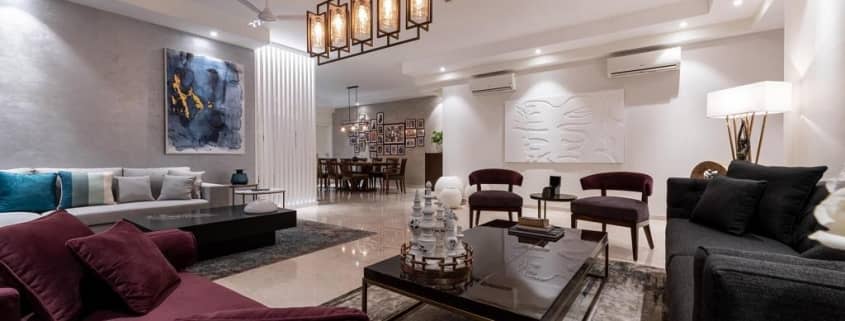
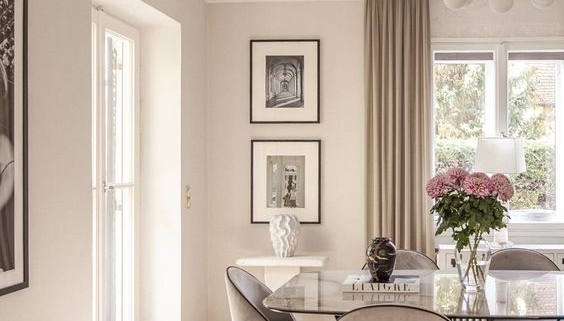
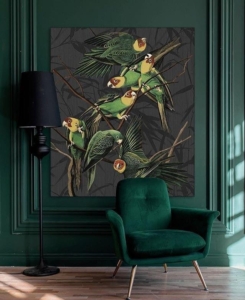 When to Use Maximalism:
When to Use Maximalism: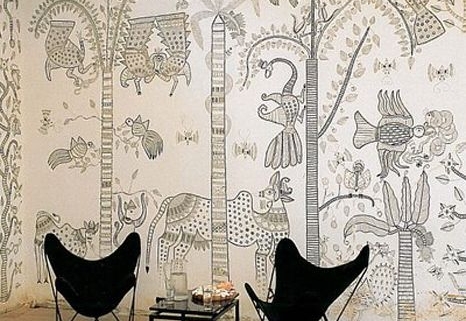
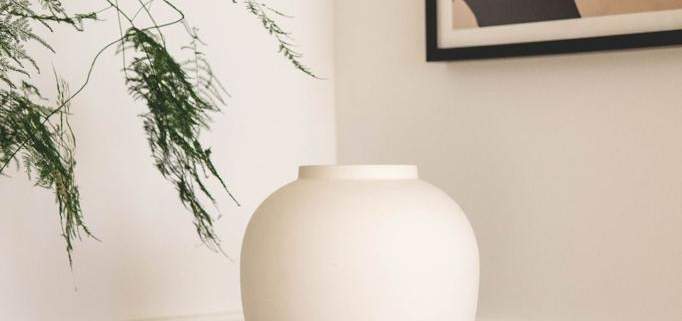

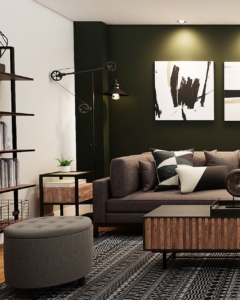 In conclusion, designing an Instagram-worthy home is a mix of style, personality, and a healthy dose of humour. Don’t be afraid to break a few design rules, embrace the quirks, and let your unique personality shine through. After all, a home that makes you smile is the most Instagram-worthy of them all!
In conclusion, designing an Instagram-worthy home is a mix of style, personality, and a healthy dose of humour. Don’t be afraid to break a few design rules, embrace the quirks, and let your unique personality shine through. After all, a home that makes you smile is the most Instagram-worthy of them all!